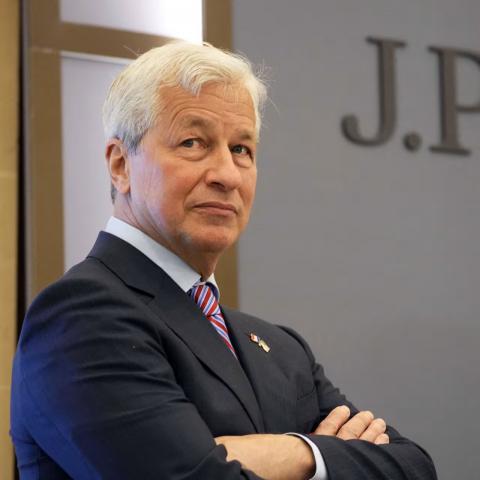
This last week of September increasingly appears to be a turning point in the American capital markets. As Brass Rat Capital ("BRC") wrote about recently, longer-term interest rates are now rising. The equity market is breaking down in a technical sense. Prices in the energy sector are strongly increasing, and the U.S. Dollar is amazingly strong.
The Federal Reserve has been on a tightening path for more than a year now with the Feds Funds rate rising from 0.25% to 5.50% today. That sharp rate rise has led many -- Lars Toomre included -- to expect an imminent recession. As a result, there has been a tension between the Fed stating that the Fed Funds rate will be "higher for longer" and capital market participants who project cuts to start as soon as six months in the future.
In the last week since the most recent FOMC meeting, many capital market participants now seem to understand and appreciate that the message from the Fed Reserve does in fact mean "higher for longer." Various market sectors were not priced for this reality, and this week seemingly have started to adjust to the probability of a "higher for longer" economic scenario. The tightening process is hardly done and the economic losses still to be realized will be massive.
Lars Toomre. the Managing Partner of BRC, once ran the mortgage trading business for Jamie Diamond, the current CEO of JP Morgan Chase bank. BRC and Jamie share a view that the capital markets and real economy are not prepared for either a 6 percent ten-year TSY yield or a 7 percent Fed Funds rate. BRC asked the question about the ten-year yield weeks ago, while Jamie asked about the Fed Funds rate yesterday.
Many have responded with "What?" Brass Rat Capital suggests that the reader independently think and reflect. The American Capital Markets world is definitely changing, likely with a return of higher volatility and dispersion of economic outcomes.